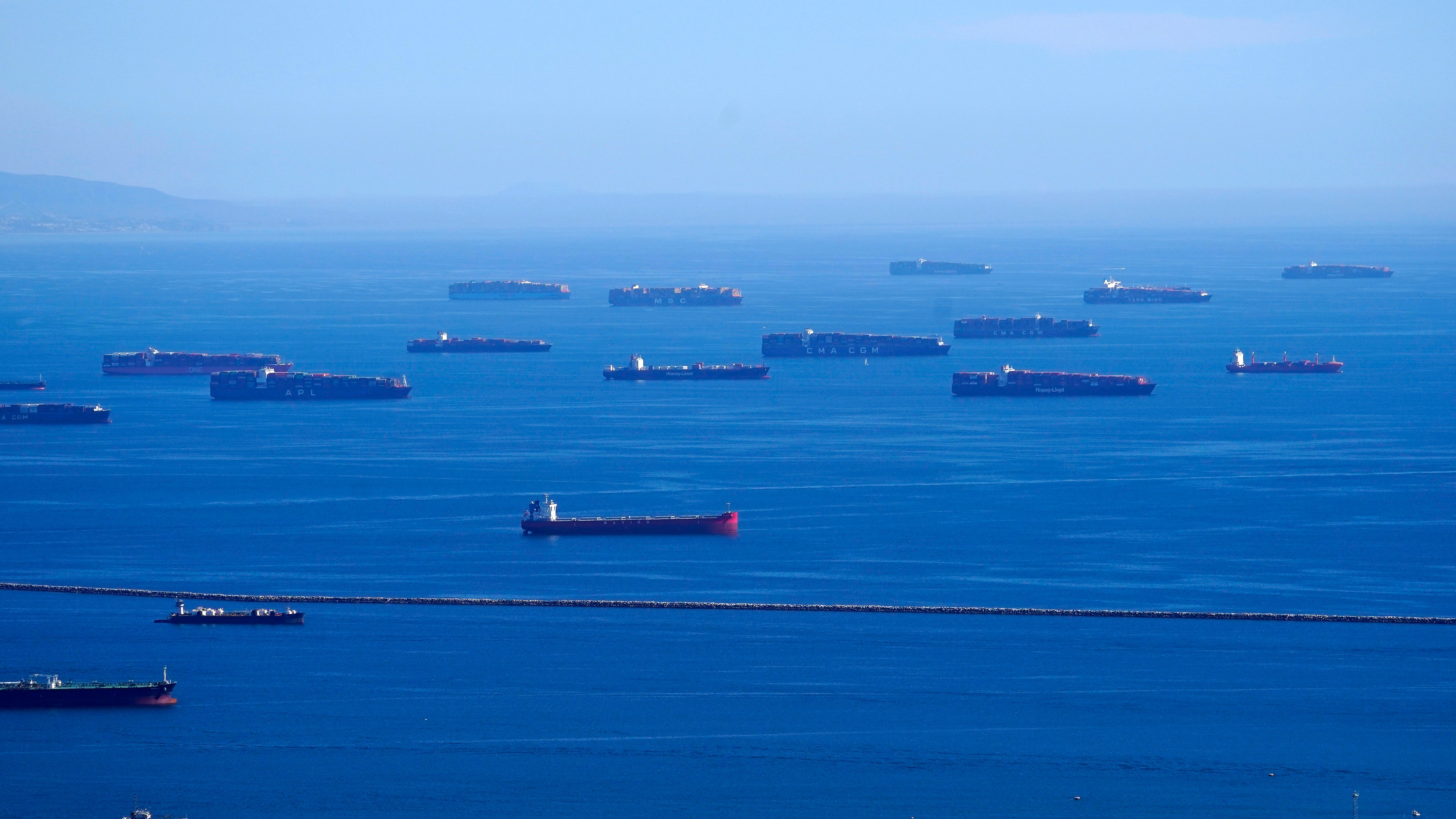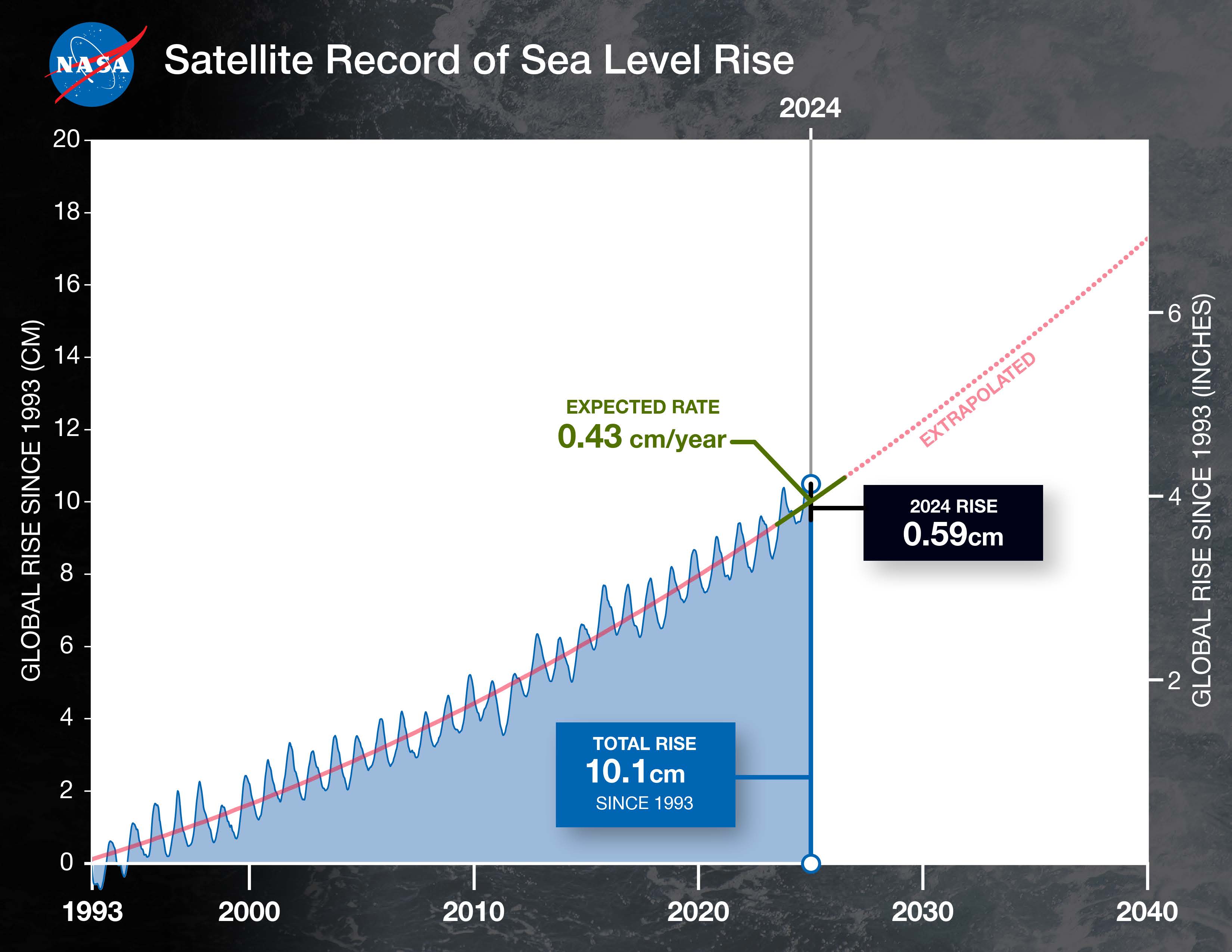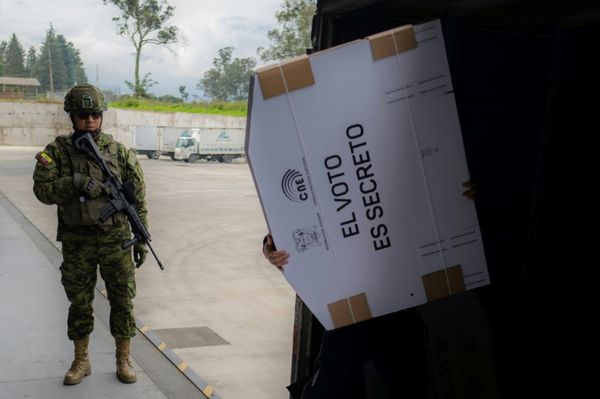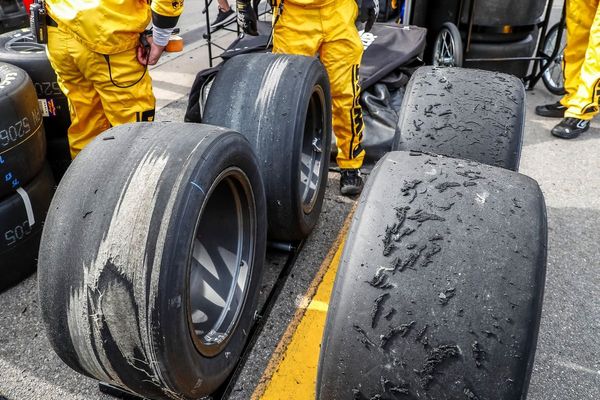Countries have agreed to put a price on emissions from international shipping, one of the world’s biggest and most polluting industries.
The decision, made at the United Nations' shipping talks in London on Friday, marks the first time an entire global sector will be subjected to an international carbon pricing mechanism.
Starting in 2028, ships will have to pay a fee if their emissions exceed certain limits. The measure is part of a broader plan to reduce shipping emissions to net zero by around 2050.
Shipping accounts for roughly 3 per cent of the world’s total greenhouse gas emissions – about the same as Germany or Japan. The Paris climate agreement, which lays down climate targets for the entire world, did not include mechanisms to control emissions from shipping.
Because it crosses borders and operates beyond the jurisdiction of individual nations, it has long been difficult to regulate. So the agreement is being seen as a historic step. But experts and climate-vulnerable nations say the agreement doesn’t go far enough to deliver real cuts this decade to limit global heating by 1.5C, or provide enough funding for a fair transition.
“This is the first global, industry-wide fee on greenhouse gas emissions,” Emma Fenton, senior director of climate diplomacy at Opportunity Green, told The Independent.
“Symbolically, it marks a shift towards strong global climate governance and sets a crucial precedent for pricing emissions in other sectors, like aviation.”

However, Ms Fenton says: “The weak measure agreed means aiming for a low bar and dragging our feet to get there.
“It will neither ensure sufficient emissions reductions, nor raise the revenues needed for a just and equitable transition.”
The mechanism is expected to deliver just an 8 per cent reduction in absolute emissions by 2030, according to researchers, well below the IMO’s own target of 20 per cent.
What has been agreed?
The mechanism agreed at the IMO includes two emissions thresholds. Ships that exceed a lower baseline will pay a $100 per tonne fee on that excess. For emissions above a stricter threshold, the fee rises to $380 per tonne. Revenue raised – estimated at $30–40 billion by 2030 – is expected to support the industry’s transition to cleaner fuels, but no firm commitment was made to channel funds toward the most vulnerable countries.
Campaigners had pushed for a universal levy on all emissions, with a portion of revenues directed toward climate adaptation and mitigation. But that was stripped out during the negotiations.
What happened at the talks?
A majority of countries – over 60, led by Pacific island nations – called for a straightforward carbon tax, a price per tonne of emissions. Proponents say this would have offered predictability, fairness, and incentives for the industry to shift away from fossil fuels.
But others, including China, Brazil, South Africa and Saudi Arabia, pushed for a credit-trading system. In that model, ships that emit less than a set amount could sell credits to more polluting vessels. Critics argued this approach could allow richer companies to simply buy their way out of meaningful reductions.
Eventually, a compromise deal was passed by nations on Friday with 63 countries in favour, 16 against, and 25 abstaining.
Among the abstentions were many of the small island nations that helped push for the agreement in the first place. Countries like Tuvalu, Vanuatu, Fiji and the Marshall Islands said they were sidelined in key discussions and expressed alarm over the final shape of the deal – particularly the lack of guaranteed support for a just and equitable transition.
“Let us be clear about who has abandoned 1.5C,” said Ralph Regenvanu, Vanuatu’s climate minister. “Saudi Arabia, the US and fossil fuel allies pushed down the numbers to an untenable level and blocked progress at every turn.”

While not physically present at the negotiations, the United States was still widely seen as a disruptive force. Under the Trump administration, the US sent letters to member states urging them to reject any pricing mechanism that could affect American ships, warning of “reciprocal measures” and claiming the fee would harm trade and fuel inflation.
Campaigners say it’s not just the US, but rich countries have been slowing down the talks.
Andreas Sieber, associate director of global policy and campaigns at 350.org, said before the final outcome: “The Trump administration’s threats to other countries are shameful, but let’s be clear: the real threat to progress is the EU’s low ambition.”
Following the talks, he said small island nations deserved credit for pushing the deal forward:
“They showed real courage, vision, and diplomatic agility—punching far above their weight to push for progress even as powerful economies blocked the path forward.”
In addition to carbon pricing, the IMO designated the North East Atlantic as a new Emission Control Area to reduce air pollution from ships. It also took steps toward designating marine reserves in Peru as Particularly Sensitive Sea Areas. But negotiations on fuel efficiency standards failed to deliver stronger near-term targets, prompting concern among environmental groups.
“This is a blow to climate-vulnerable communities and species,” said Sam Davin, WWF’s marine shipping lead. “More efficient ships burn less fuel, produce less underwater noise, and reduce the risk of whale strikes. The IMO missed an opportunity to take bold action.”
“While the targets agreed this week will bring some positive impact for marine protection, the reality is they remain far too modest – and time is running out.
Europe records hottest March as global heat stays above 1.5C
The world is experiencing record temperatures – this is why it’s about to get worse
India braces for extended heatwaves again
100 people killed in thunderstorm and lightning strikes in India
Record heatwave engulfs northern India as scorching summer arrives early
Climate crisis made ‘bonkers’ central Asia heatwave up to 10C hotter







